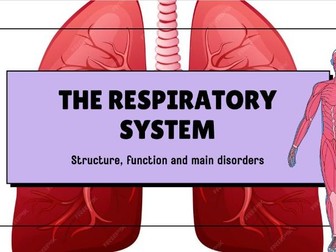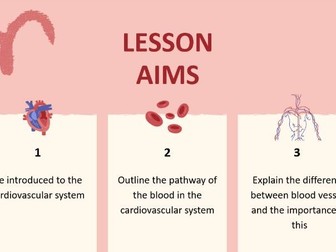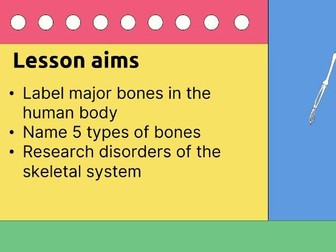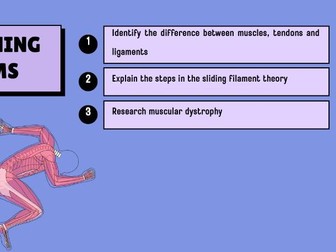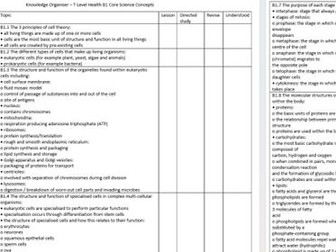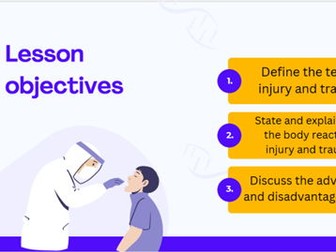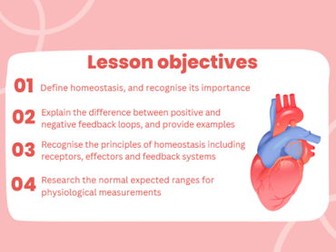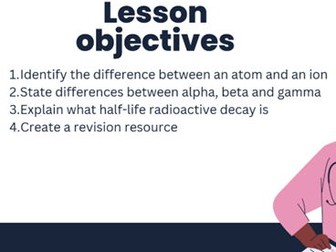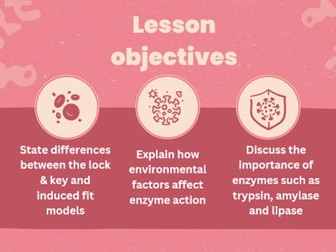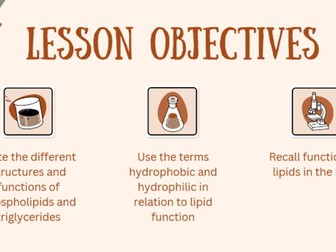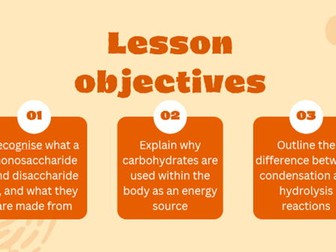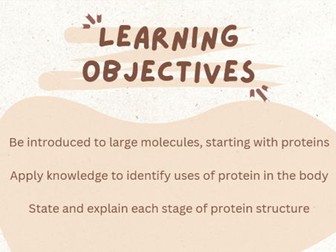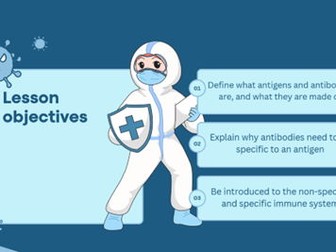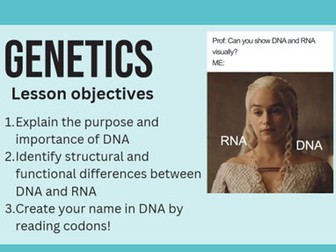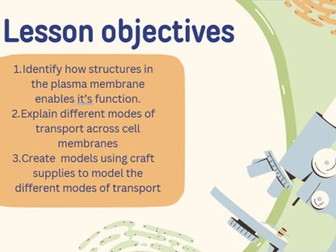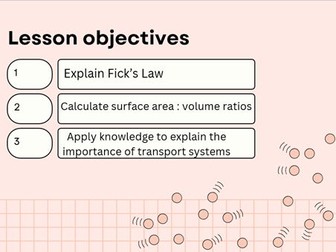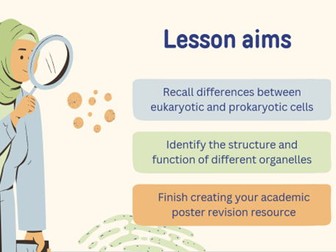T Level Health - The Respiratory System
<p>2 Powerpoints covering The Respiratory System for T Level Health, Core B further science concepts. Templates adapted from <a href="http://Canva.com" target="_blank" rel="nofollow">Canva.com</a>.</p>
<p>Respiratory system<br />
B2.8 The role of the components in performing the functions of the respiratory system:<br />
• components of the respiratory system:<br />
o trachea<br />
o lungs<br />
o bronchi<br />
o bronchioles<br />
o alveoli<br />
o pleural membranes<br />
o ribs<br />
o intercostal muscles<br />
o diaphragm<br />
• functions of relevant components within the respiratory system:<br />
o inspiration and expiration, including pressure changes within the chest cavity<br />
o gas exchange<br />
B2.9 The role of the alveoli as a specialised exchange surface in the process of gas exchange:<br />
• how adaptation of the alveoli maximise the rate of diffusion:<br />
o large surface area to volume ratio<br />
o good blood supply<br />
o short diffusion distance<br />
o moisture levels<br />
o body temperature<br />
B2.10 The development, impact and management of chronic obstructive pulmonary disease (COPD):<br />
• causes of the disease<br />
• impact on systems within the body and on physical and mental health<br />
• how common treatments relieve symptoms:<br />
o inhalers<br />
o steroids<br />
o lifestyle changes to promote self-care and better health<br />
o pulmonary rehabilitation<br />
o surgery</p>
